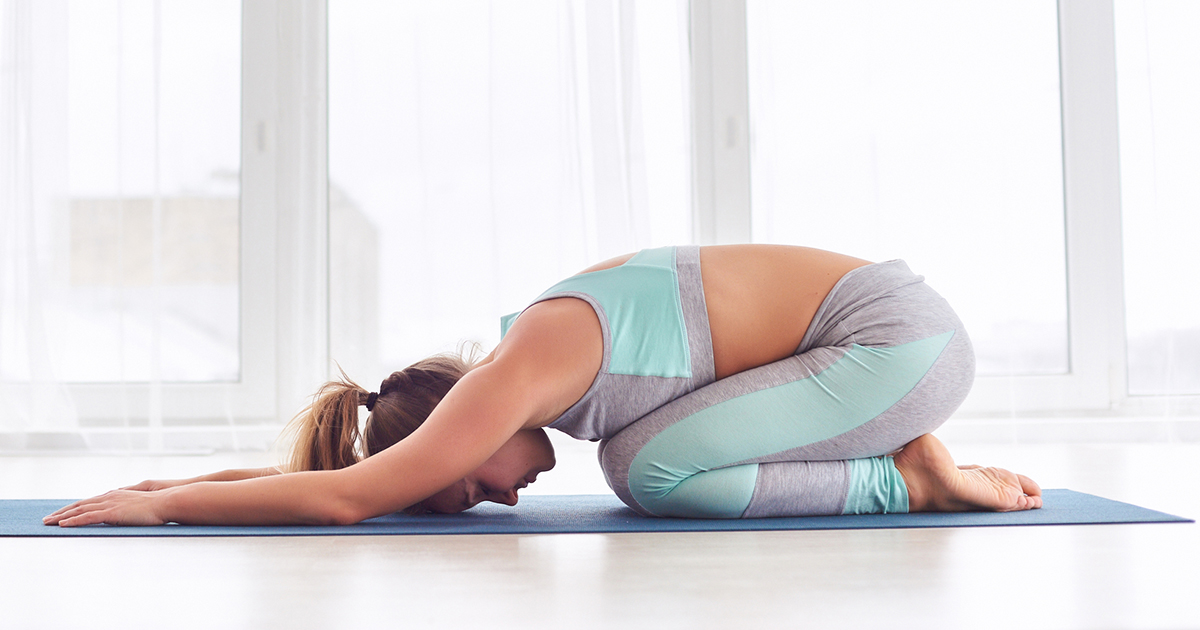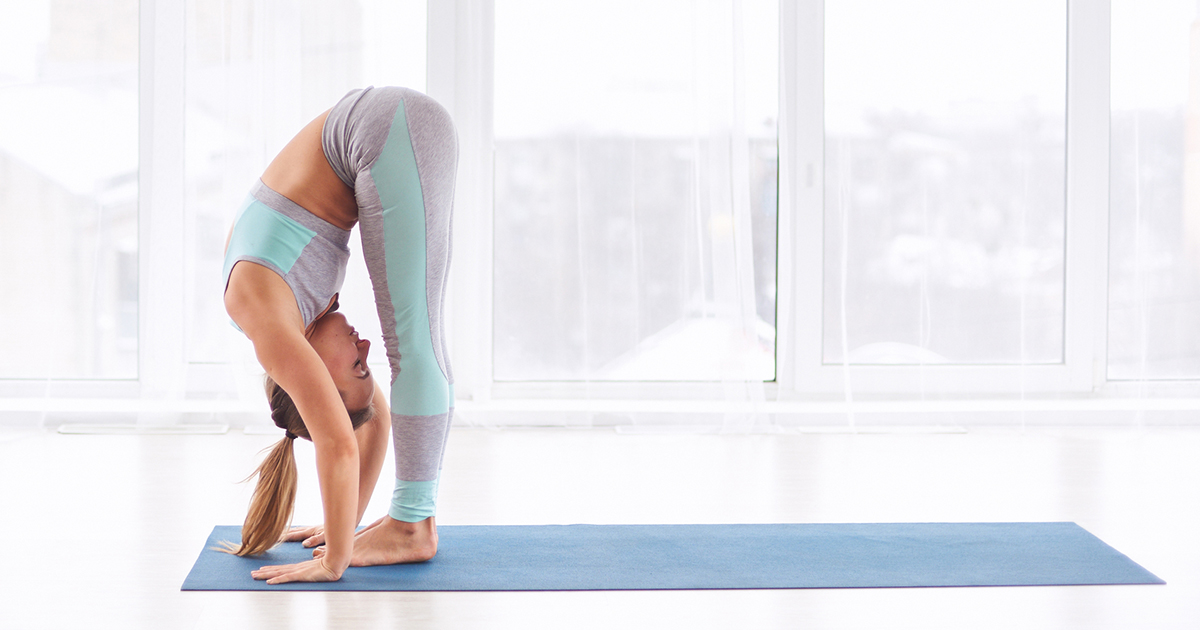The Best Stress-Relieving Yoga Moves
Yoga has long been used for centuries to relax the body and calm the mind, which is ideal for relieving stress. It also helps lengthen and strengthen the muscles for a slimmer, toned body with improved posture, and it doesn't have to be practiced in a yoga studio or gym to reap the benefits. The following stress-relieving yoga moves are the best for alleviating tension, and they can be done in the privacy of your own home anytime you need to find stress relief.
The Child's Pose

The Child's Pose, also called Balasana, is a seated arched pose that requires the participant to rest comfortably on all fours with the hips back towards the soles of the feet, the arms extended out on the floor in front of them, with the forehead to the floor between the hands. Since this pose positions the head lower than the heart, it promotes a calm sensation, which helps relieve tension in the body as well as prepares the mind for reflection. It also deeply relaxes the neck and back.
The Child's Pose is often used to alleviate stress, muscle tightness, and mental tension, however, it can also be used to help reduce anxiety. While breathing deeply, hold the pose anywhere from a few seconds to a few minutes. However, you should avoid doing the pose if you have hypertension or issues with your eyes.
Keep reading to get bent into this next pose.
The Standing Forward Fold/Bend

The Standing Forward Fold/Bend Pose, also called the Uttanasana, increases spine suppleness, which helps reduce stiffness and stress. It also improves blood flow, which helps revitalize the body. At the same time, it helps calm the brain by lowering the head below your heart, which also helps reduce stress. This pose also loosens the hips and helps relieve tightness in the heart and shoulders.
To perform the Standing Forward Fold Pose, slightly bend the knees with the abs softly engaged, and then bend forward from the hips into a standing inverted position with the hands placed on both sides of or in front of the feet, or you can grab hold of each elbow with the opposite hand. While keeping the weight in the balls of the feet, stretch through the back of the legs. However, if you have tension in the back of the knees, simply keep your knees slightly bent. While hanging, allow the area around the eyes to soften, as well as the head, the jaws, the neck, and the mind. Hold the pose for a few breaths or as long as needed.
The key is to not force your body into the position, as though it is an intense stretch, it is supposed to be soothing and comfortable. Therefore, the more you naturally relax into the pose, the deeper the stretch and the better the benefits. Furthermore, you could injure yourself if you push your body too quickly.
Simply engage in the pose anytime you want to balance increased emotional energy, relax the nervous system, or calm a racing mind to promote feelings of tranquility. However, if you have hypotension, straighten up slowly to avoid becoming dizzy or lightheaded.
Continue reading to hop into the next pose.
